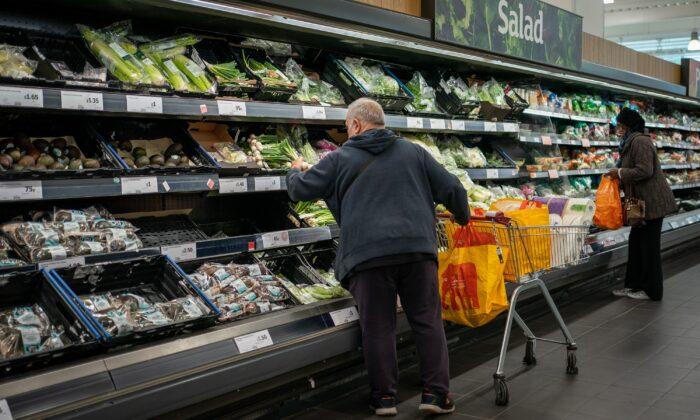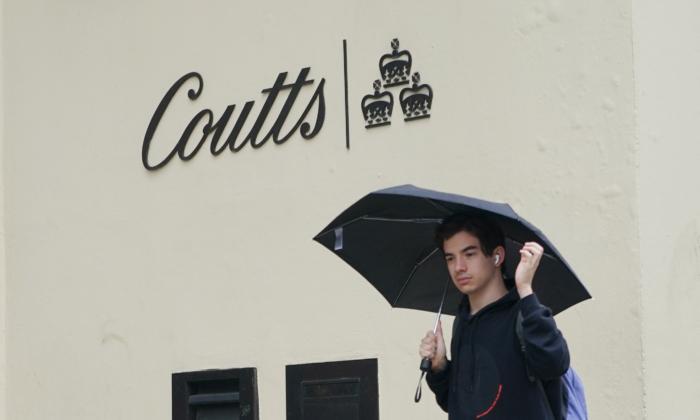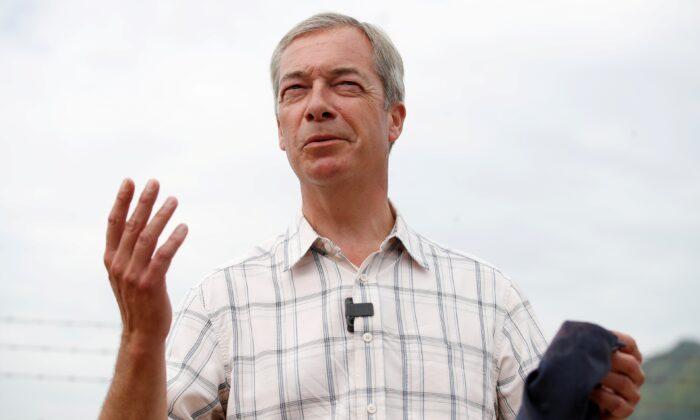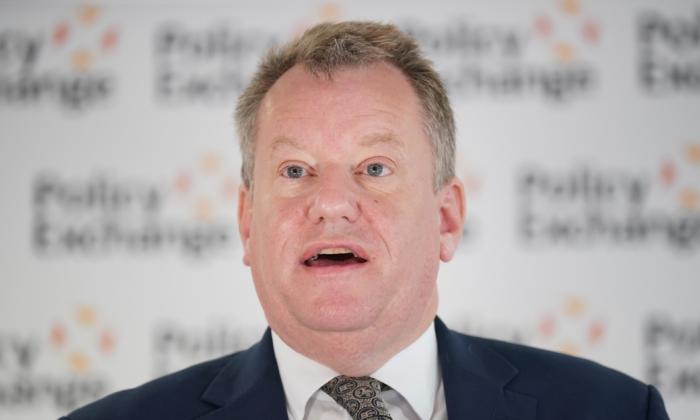The inflation rate of Britain’s grocery prices dipped slightly in April, but new data show that consumers are still paying 17.3 percent more than this time last year.
According to new figures from research firm Kantar, grocery inflation fell only slightly from last month’s 17.5 percent.
The firm warned that the drop only means that prices are not increasing as quickly after 10 months of double-digit growth.
Fraser McKevitt, Kantar’s head of retail and consumer insight, said: “The latest drop in grocery price inflation will be welcome news for shoppers, but it’s too early to call the top. We’ve been here before when the rate fell at the end of 2022, only for it to rise again over the first quarter of this year.
Tight Household Budgets
As consumers continued to find ways to manage their household budgets, own label sales were up 13.5 percent year on year, with the very cheapest value lines soaring by 46 percent.By contrast, branded sales are going up but more slowly at 4.4 percent.
However, stretched finances still allowed for a record-breaking Easter, with 38 million chocolate eggs and treats bought in the run-up to Easter Sunday—5 million more than last year—and hot cross bun sales up 5 percent on last year.
McKevitt said shoppers are likely to be looking ahead to the three bank holidays in May, including for the Coronation, which could impact grocery sales.
“During the week of the Platinum Jubilee last year they were £87 million higher than the average in 2022,” he said.
Food Inflation
According to the Office for National Statistics (ONS), food store sales volumes fell by 0.7 percent in March 2023, following a rise of 0.6 percent in February 2023.Food sales “may have been affected by shortages” of some food products, said the ONS.
Supermarkets introduced limits on the number of certain items—such as tomatoes, peppers, and salad—that shoppers could buy during the month after supply was impacted by poor weather in northern Africa and Spain.
The figures showed that the amount of food bought by shoppers is 3 percent lower than before the COVID-19 pandemic hit in February 2020.
However, the amount of money being spent by shoppers is significantly higher after soaring food inflation.
This is despite the fact that Consumer Prices Index inflation fell to 10.1 percent in March from 10.4 percent in February.
According to Which?, a UK consumer group, overall inflation on food and drink at supermarkets continued to rise in March to 17.2 percent, up from 16.5 percent the month before.
Cheddar cheese prices increased by an average 28.3 percent across eight major supermarkets, compared to a year ago.
Consumer Confidence Rising
The ONS said UK retail sales fell by 0.9 percent in March as businesses blamed poor weather for discouraging people from heading to the shops.The decline—which came after a 1.1 percent increase in sales volumes in February—was heavier than expected, as economists had previously predicted a 0.5 percent decline for the month.
However, sales volumes rose by 0.6 percent in the three months to March 2023 when compared with the previous three months. This was the first quarter-on-quarter rise since August 2021.
Despite the retail sales slump, there are signs that consumer confidence is actually on the rise.
Data from market research firm GfK showed that British consumers are the most upbeat in more than a year this month.
The consumer confidence index improved by six points to a reading of -30, representing the highest reading since February last year, before the Russian invasion of Ukraine which accelerated inflation.
Meanwhile, consumers’ expectations for their personal financial situation in the next 12 months improved by eight points to -13.
Joe Staton, GfK’s client strategy director, said that there has been “a sudden flowering of optimism with big improvements across the board” in April—the third month in a row that confidence overall has improved.
He added: “The eight-point jump in how we see prospects for our personal financial situation is a dramatic change that might suggest household finances are stronger than we thought.
“The brighter views on what the general economy has in store for us, with April’s six-point rise cementing a 20-point improvement since January, could even be seen as the proverbial ‘green shoots of recovery.’
“Moreover, the Major Purchase Index at -28 is higher than it has been for a year and will bring much-needed cheer to retailers as we head into summer.”





